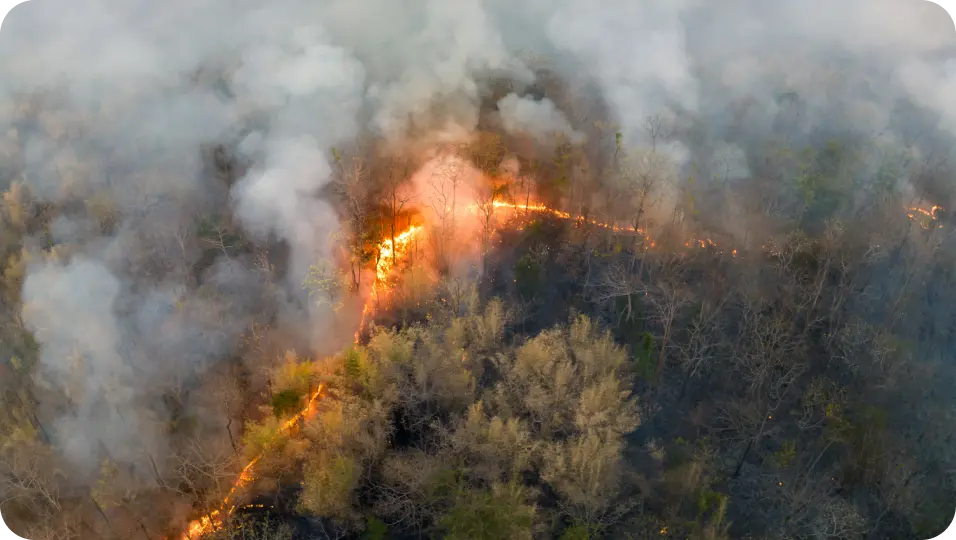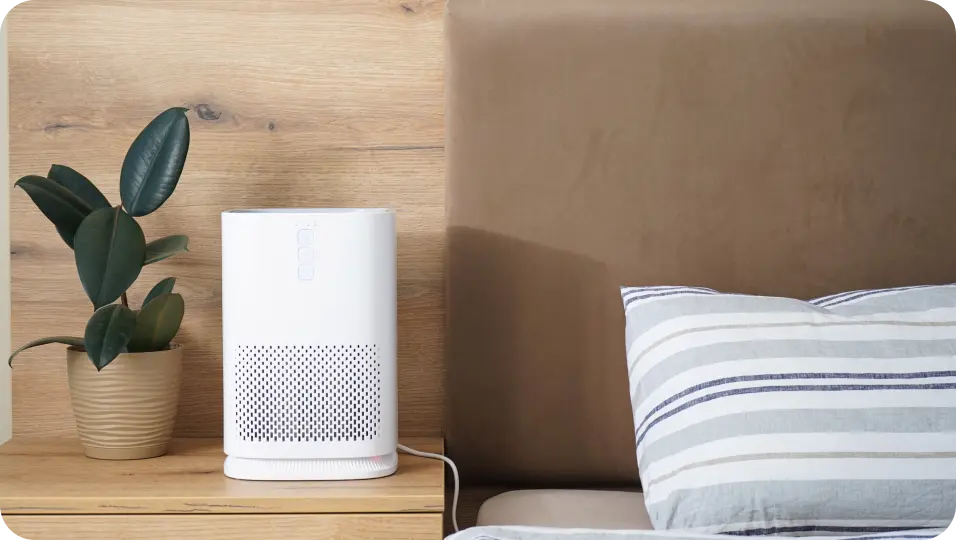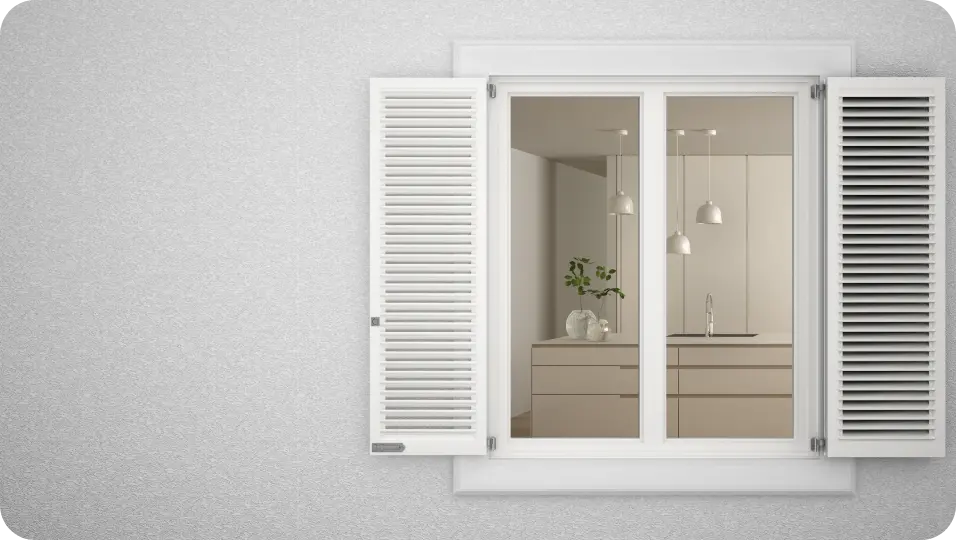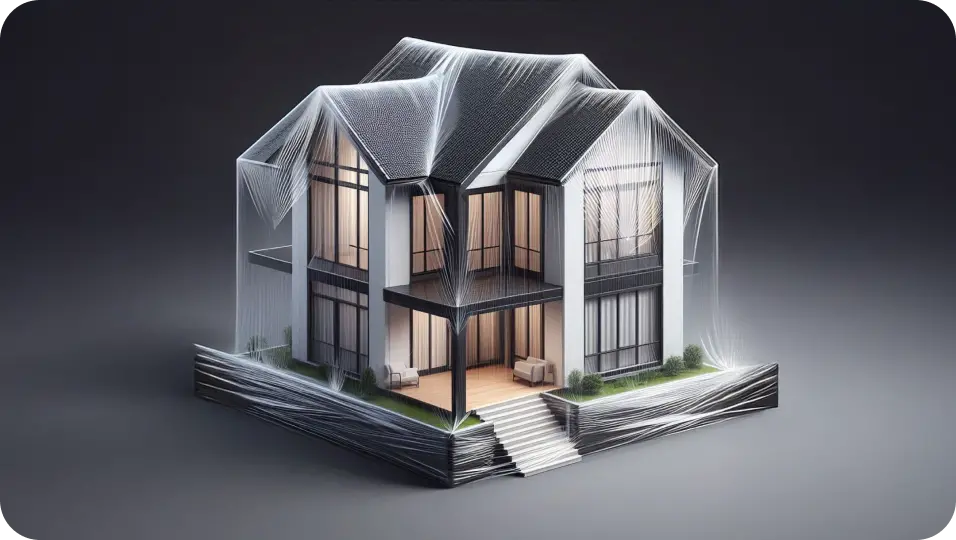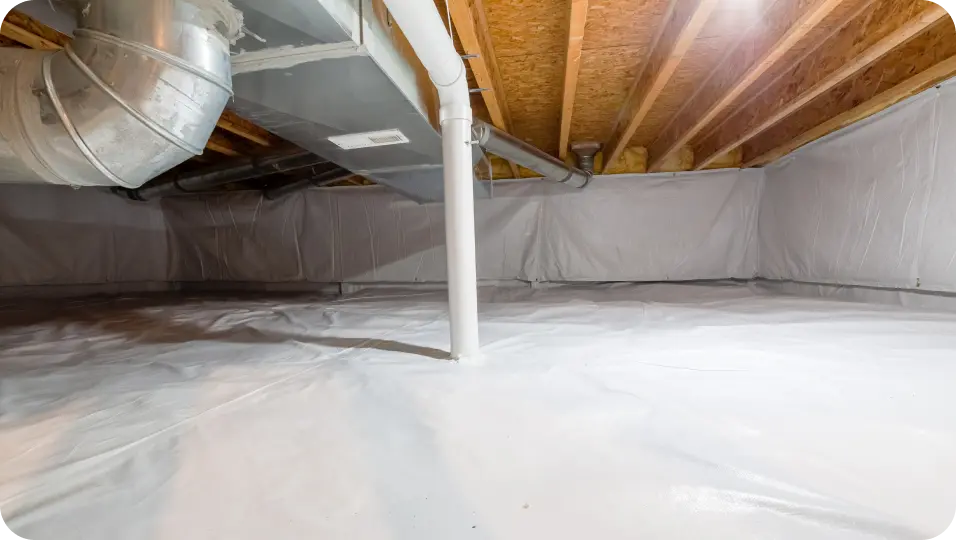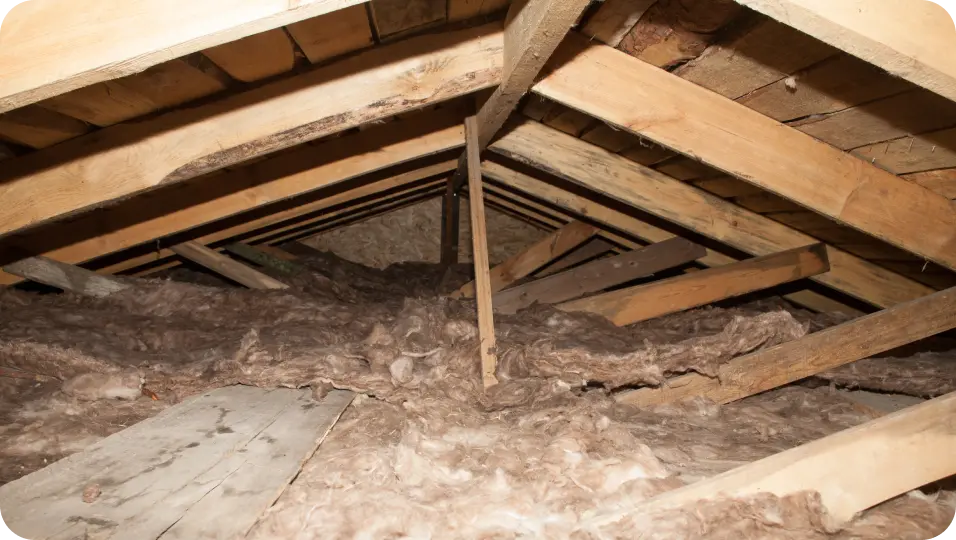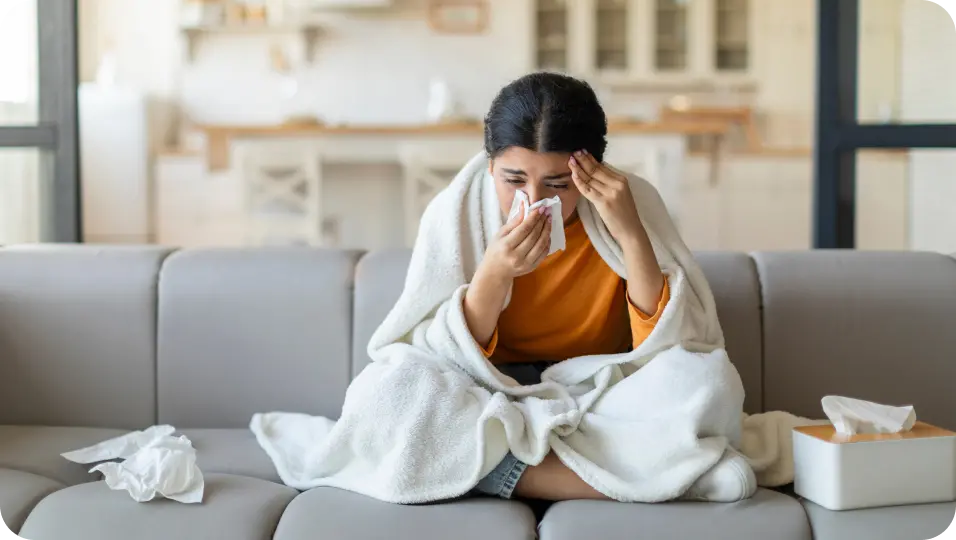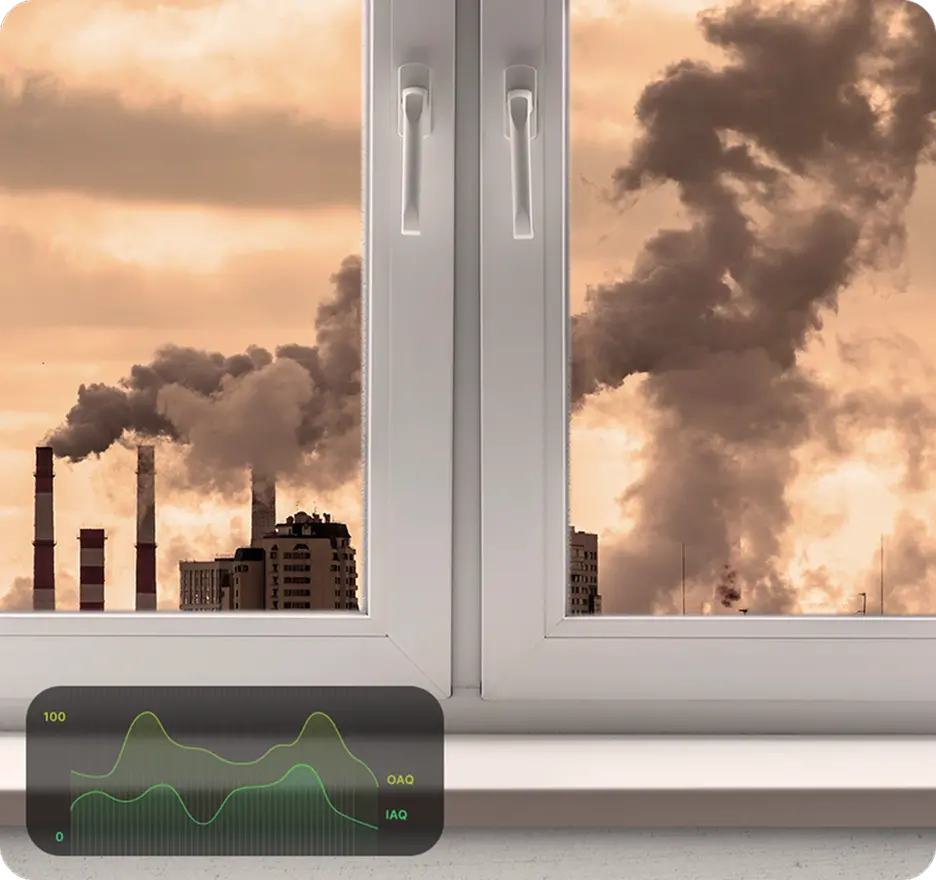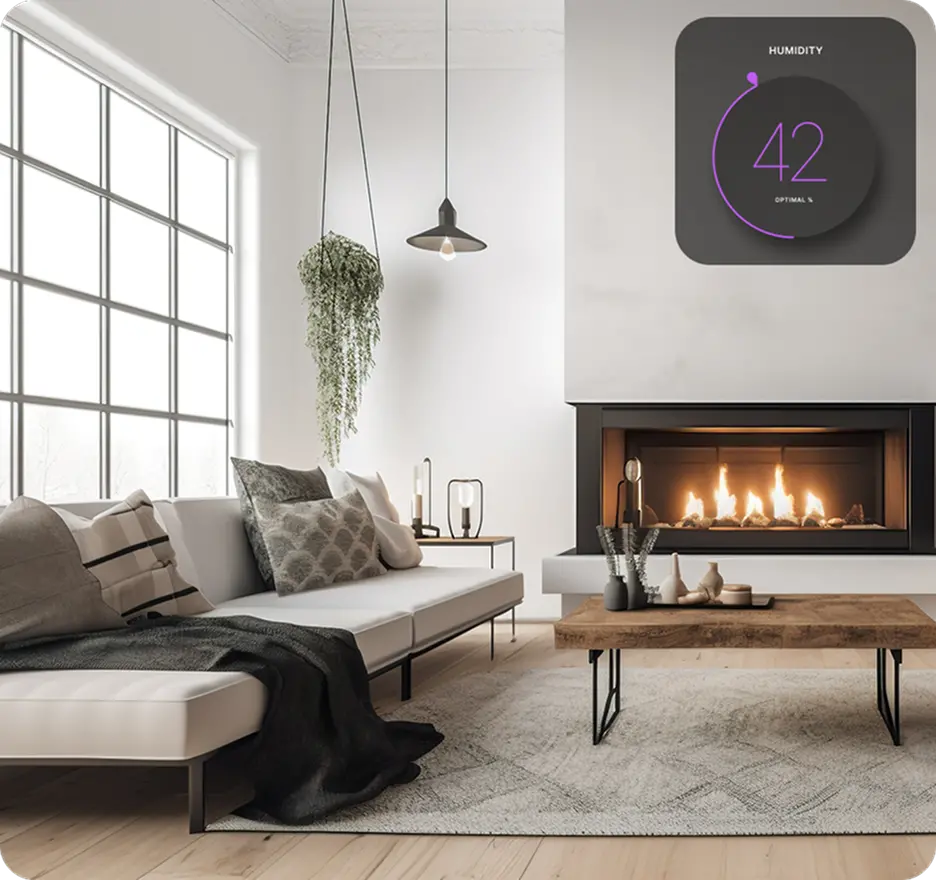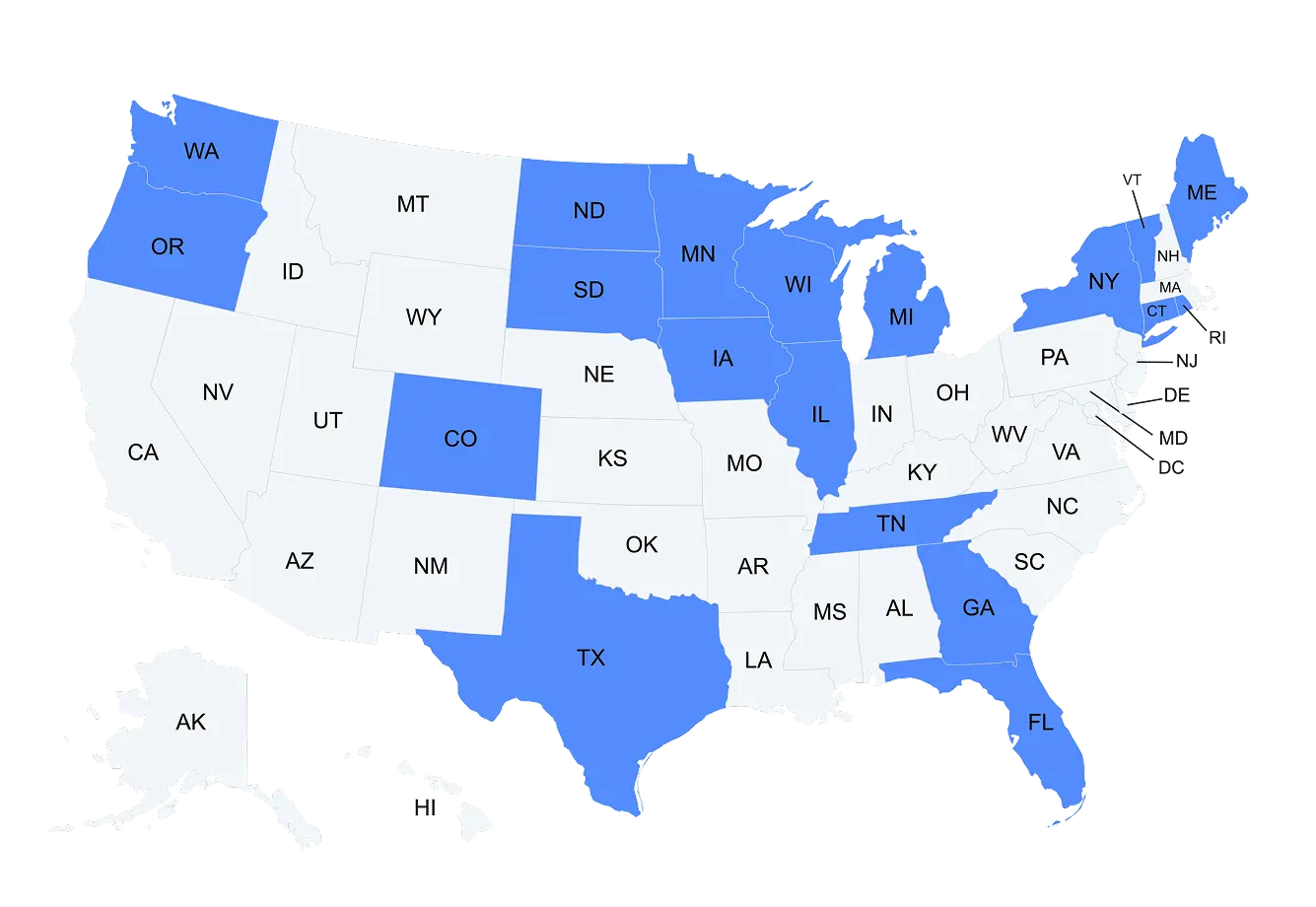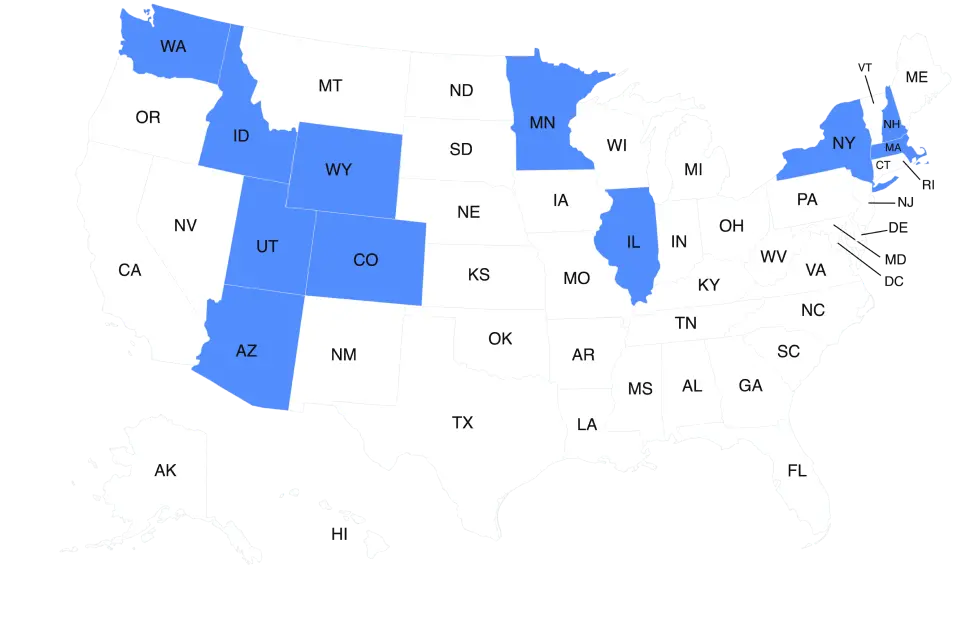Air that powers
your best days
Elevate your life with smart HVAC and physical AI
Energy efficiency tax rebates available*
Air that powers
your best days
Elevate your life with smart HVAC
and physical AI
Energy efficiency tax rebates available*
Let’s face it,
your air is bad...
Today, indoor air quality is often overlooked, and conventional systems fail to address critical health and safety concerns, resulting in unsustainable, ineffective, and energy inefficient performance.
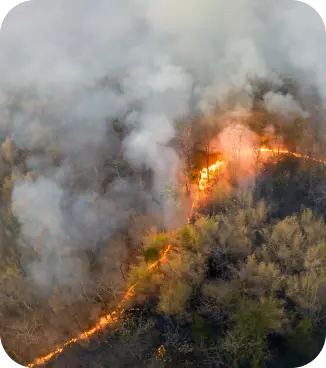
The dangers of wildfire smoke
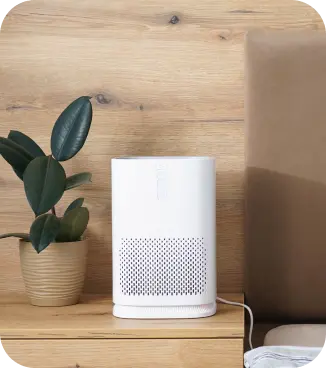
Off-the-shelf air purifiers don’t cut it

Inviting the outside in
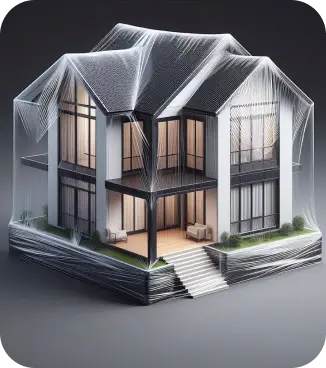
Sealed for efficiency, costing health

Home decor or poison?

Toxic garages
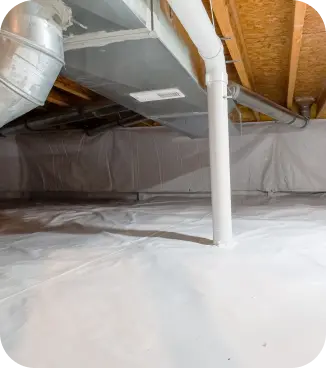
Why your home may be radioactive

Pet dander and allergies
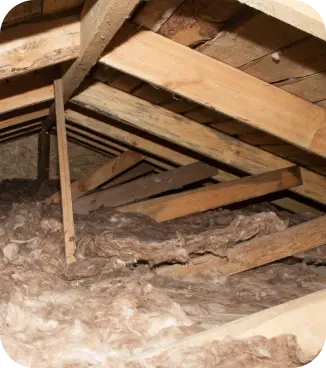
The hidden respiratory risks in your attic

CO2 is making your home a sluggish space
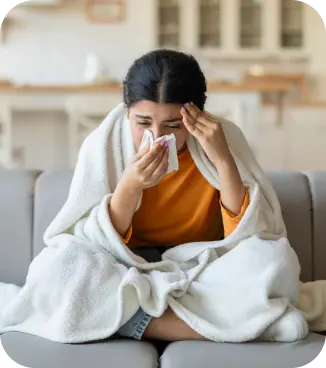
Airborne Viruses at Home

Inversion keeps pollutants at your doorstep
Let’s face it,
your air is bad...
Today, indoor air quality is often overlooked, and conventional systems fail to address critical health and safety concerns, resulting in unsustainable, ineffective, and energy inefficient performance.
So we’d like to
introduce you to
better air.
It starts with air fitness
Air fitness is the cornerstone of your health, energy, and well-being...
And everything in between
From dinner parties to wildfires, our AI-driven system adapts to every moment. It protects your family from harmful smoke, enhances fresh air for gatherings, and quickly eliminates cooking odors and gases for a healthier, more comfortable home.
And everything in between
From dinner parties to wildfires, our AI-driven system adapts to every moment. It protects your family from harmful smoke, enhances fresh air for gatherings, and quickly eliminates cooking odors and gases for a healthier, more comfortable home.
Air tailored to you
We use AI to tailor clean air to your space, adapting in
real time for a healthier, fresher home.
Air tailored
to you
We use AI to tailor clean air to your space, adapting in real time for a healthier, fresher home.
Power up your savings and
cut down on energy costs
Through advanced energy recovery, our system
reduces waste and lowers costs, helping you create a
more sustainable, eco-friendly home.
Save up to $650/year with Vibrant Air
 Power up your
Power up your
savings and cut down
on energy costs
Through advanced energy recovery, our system reduces waste and lowers costs, helping you create a more sustainable, eco-friendly home.
Save up to $650/year with Vibrant Air
We’re everything you
had no idea you needed.

Breathe cleaner air
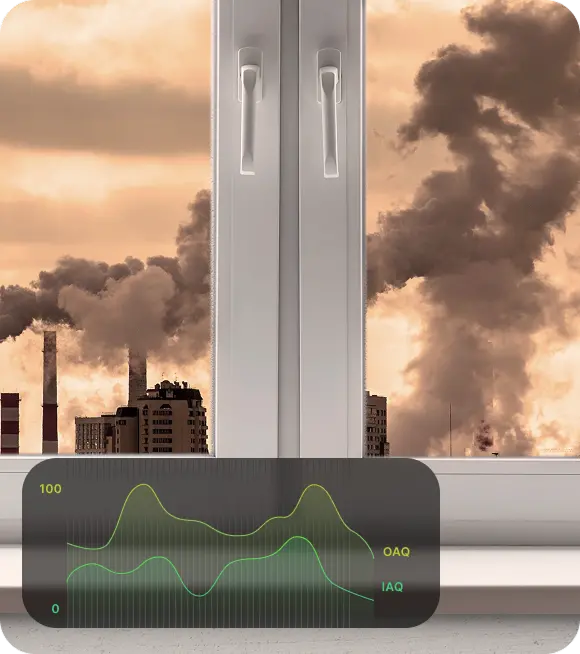
Block outdoor toxins

No more filter hassles
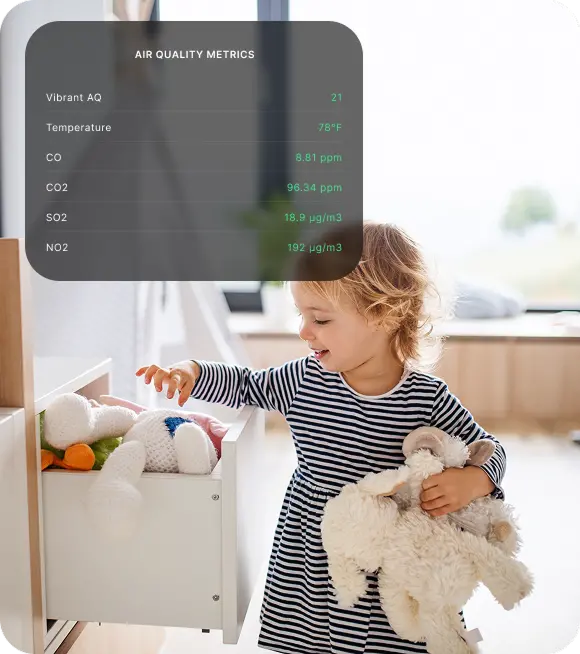
Protect your family

Eliminate indoor hazards

Combat moisture imbalance

Recover energy, reduce costs
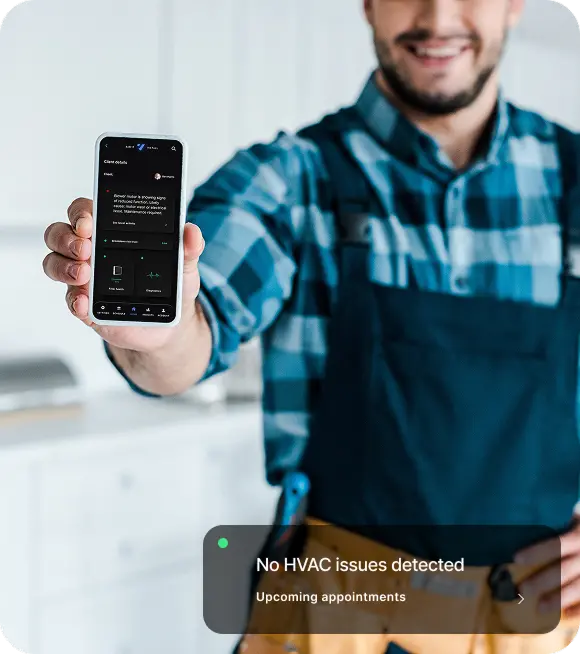
Stress-free, streamlined repairs
We’re
everything you
had no idea you needed.
Getting air fit starts here

Vibrant Sense
Advanced pollutant detection.
From $79.

Vibrant Air
Whole-home pollutant elimination and air
optimization system. From $2,750.
*Energy efficiency tax rebates are available on a state-by-state basis for
both individual homeowners and businesses. Check if you qualify now.
Getting air fit
starts here

Vibrant Sense
From $79. .

Vibrant Air
From $2,750.
*Energy efficiency tax rebates are
available on a state-by-state basis for both
individual homeowners and businesses.
Check if you qualify now.
